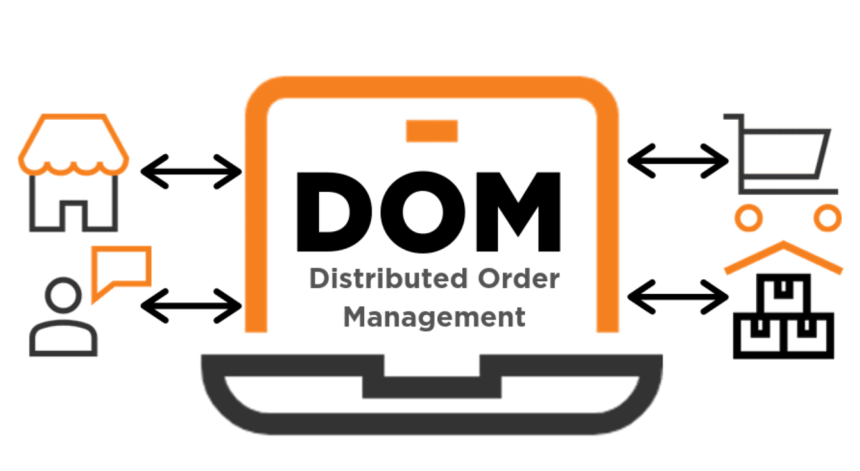OMS is a system that is used to manage orders from one central location, which is usually a website or a store. An OMS keeps track of the whole order process, from placing the order to processing the payment, managing the inventory, and sending the order. It also works with other systems, like a warehouse management system, to make sure that orders are filled correctly and on time. OMS is useful for businesses that only have one way to sell their products and don’t have a lot of inventory management needs.
1. What is an OMS?
An order management system (OMS) is a software application designed to manage orders across multiple channels, including online, mobile, and brick-and-mortar stores. OMS systems usually have features like order entry, inventory management, order fulfillment, and shipping management. An OMS can help a business handle orders more efficiently, cut down on mistakes, and make customers happier.
Most OMS systems are set up to be central system that handles all orders, no matter where they come from. This makes it easier to keep track of inventory across all channels and makes sure that customers get their orders on time and in the right way. An OMS can also work with other systems, like customer relationship management (CRM) and enterprise resource planning (ERP), to give a full picture of customer data and order information.
2. What is a DOM?
Distributed Order Management (DOM) is a more advanced system that can handle orders from many different places and through many different channels. A DOM system can help businesses manage their inventory and fulfillment processes more efficiently by routing orders to the best fulfillment location based on factors like inventory levels, order volume, and shipping costs.
Usually, a DOM system has more than one part, such as order capture, order orchestration, inventory management, and fulfillment management. The order capture component gets orders from many different channels, and the order orchestration component figures out where each order should be fulfilled. The inventory management part keeps track of how much inventory is at each fulfillment location, while the fulfillment management part handles how the orders are filled.
The key difference between OMS and DOM is that OMS is designed to manage orders across multiple channels, while DOM is designed to manage orders across multiple channels and multiple fulfillment locations. A DOM system can help businesses optimize their fulfillment processes by routing orders to the most efficient location, reducing shipping costs, and improving delivery times.
3. Which system is right for your business?
The choice between OMS and DOM depends on the needs of your business. If your business runs mostly through one channel and has only one place where orders are filled, an OMS may be enough. But a DOM system might be better for your business if it sells through more than one channel and has more than one place where orders are filled.
Most of the time, OMS systems are easier to set up and manage than DOM systems, but they might not be as good at managing complex fulfillment processes. DOM systems are more complicated and require more resources to set up and run, but they can save a lot of time and money and improve efficiency.
4. Which Is Best for Your Company?
Choosing between OMS and DOM depends on your business needs and goals. If you only have one place of business and mostly sell through one channel, an OMS may be enough for you. OMS is perfect for businesses that want to optimize their operations across all channels and centralize their order and inventory management processes.
On the other hand, if you have multiple locations and sell through multiple channels, a DOM may be a better fit. DOM is perfect for businesses that want to improve their order fulfillment process and lower shipping costs by using inventory from multiple locations. Also, if you have a lot of SKUs or sell products with different lead times, a DOM can help you send orders to the right place and make sure they get there on time.
Ultimately, the choice between OMS and DOM depends on your business needs, goals, and the complexity of operations. It’s important to think carefully about your options and pick a solution that will help your business now and in the future.
Final Words
Order Management Systems (OMS) and Distributed Order Management (DOM) are two important parts of order management. While they both manage orders, there are significant differences between the two. OMS systems are made to handle orders from a number of different channels, while DOM systems are made to handle orders from a number of different channels and from a number of different fulfillment locations.
The choice between OMS and DOM depends on the needs of your business, and it’s essential to consider the benefits and drawbacks of each system before making a decision.















